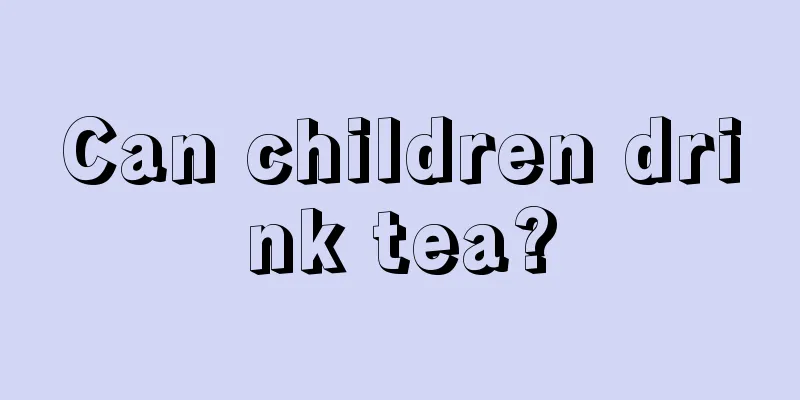Eustachian tube analysis for infants

|
We all know the anatomical structure and physiological characteristics of the Eustachian tube in infants and young children! Analysis from the hospital's ENT specialist: Infants and young children are prone to certain diseases. Have you made active preventive preparations for the occurrence of these diseases? Many parents want to know the anatomical structure and physiological characteristics of the Eustachian tube in infants and young children. Here is an introduction to you: Analysis of the anatomical structure and physiological characteristics of the Eustachian tube in infants and young children! The structure of the Eustachian tube in infants and young children is significantly different from that in older children and adults. It mainly manifests itself in the following aspects. 1. The particularity of the Eustachian tube: The Eustachian tube of infants and young children is short and thick, roughly columnar, and runs in a relatively straight direction (approximately horizontal). As they grow older, the diameter of the Eustachian tube gradually decreases, the length gradually increases, and the direction of movement tends to be upward (climbing-like). Due to this characteristic, infants and young children are more likely to develop suppurative otitis media or non-suppurative otitis media than older children, and children are more likely to develop suppurative otitis media than adults. 2. Physiological characteristics of infants and young children: (1) Children and infants generally have obvious adenoid tissue in their nasopharynx. The adenoid tissue is very close to the pharyngeal opening of the Eustachian tube. When the adenoids swell due to inflammation or hypertrophy due to physiological hypertrophy, they can easily compress and block the pharyngeal opening of the Eustachian tube, thereby causing Eustachian tube obstruction and non-suppurative otitis media; or bacteria can directly enter the tympanic cavity through the Eustachian tube opening and then through the Eustachian tube, causing suppurative otitis media. (2) In childhood, the body's immune function is poor, and acute infectious diseases occur. This situation is prone to upper respiratory tract infections (including acute and chronic rhinitis, acute and chronic sinusitis, acute and chronic nasopharyngitis, acute and chronic pharyngitis, acute and chronic tonsillitis, and adenoids). The inflammatory secretions in these areas can easily reach or enter the Eustachian tube opening, thereby causing otitis media. (3) Milk reflux is prone to occur, especially in infants and young children. During reflux, milk flows back from the stomach through the throat and mouth. It is also easy to flow out through the nasopharynx and nasal cavity. At this time, the milk that has been contaminated by bacteria may enter the pharyngeal opening of the Eustachian tube and cause otitis media. Well, the above is our basic introduction to the analysis of infant Eustachian tube. What do you feel after reading it? Is it different from what we see ourselves? In fact, the main concern of the disease is that we must know what the situation is in time. Do you understand the above? |
<<: How to treat hand, foot and mouth disease
>>: What to do if your child has measles
Recommend
Are there any sequelae to childhood encephalitis?
Children's encephalitis is generally acute vi...
Normal index of neonatal jaundice
Jaundice is also a disease of jaundice, commonly ...
Why does my child's back itch all the time?
When parents are taking care of their children, t...
What to do if a 7-year-old boy has toothache
Toothache is a common phenomenon in life. It can ...
How to do waist bending exercise for children
Bending down requires a lot of flexibility from t...
At what age do children replace their front teeth?
The baby will grow deciduous teeth half a year af...
Which vitamin supplement is best for children?
Vitamins are indispensable nutrients in our body,...
How to treat sinusitis in children
Rhinitis is somewhat hereditary. If a child has a...
What is the reason for the newborn to nod and breathe?
Every newborn is the hope and joy of the family, ...
What are the baby food recipes?
Family conditions have improved, and nowadays, in...
The baby has fat particles on his face
Many mothers have found small pimples like fat pa...
The role of newborn blood screening
The birth of every child always brings endless jo...
What causes right lower abdominal pain in children?
When a child complains of a stomachache, the pare...
Why does my child cough occasionally?
Parents pay close attention to their baby's e...
The child fell off the sofa
Children will fall when they are young. Because c...









